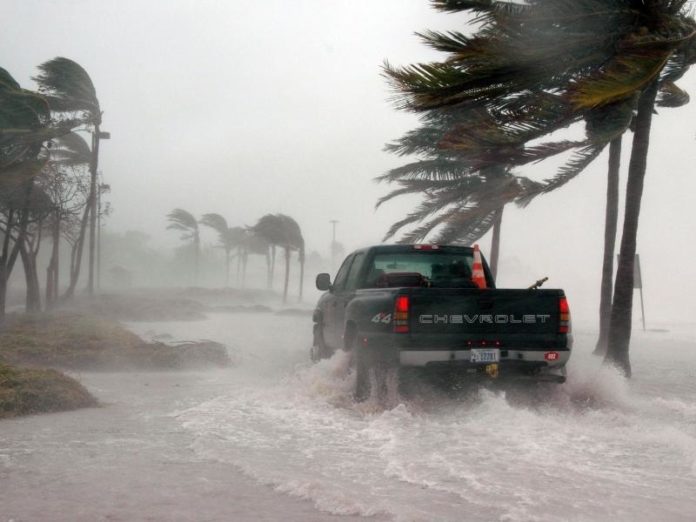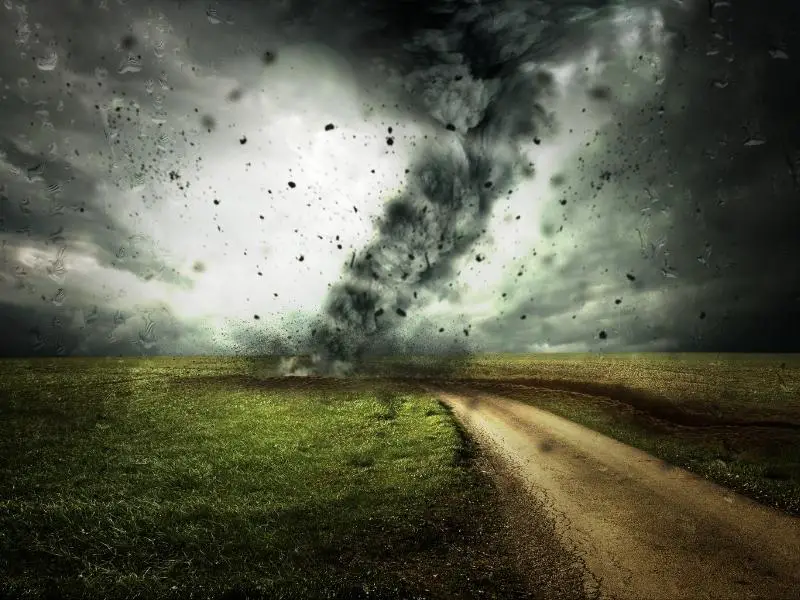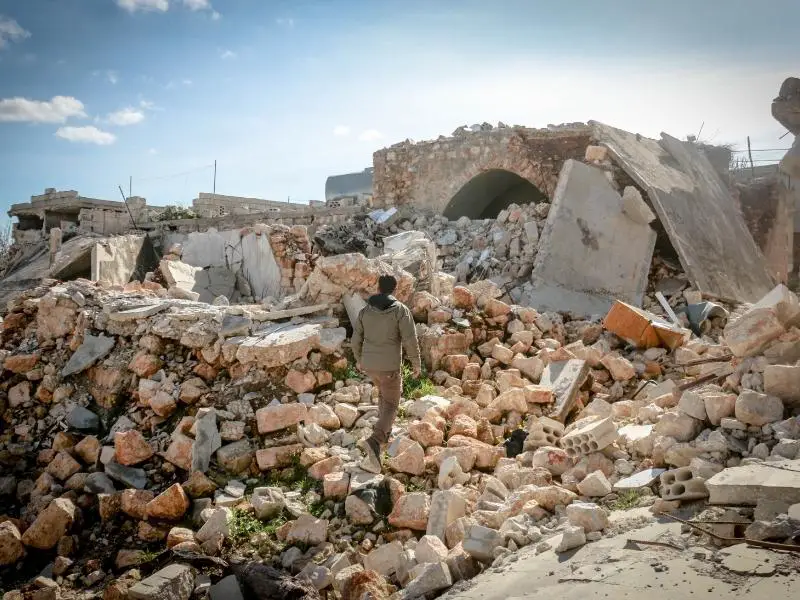Natural disasters can strike at any time and while you may have enough time to escape being directly in a natural disaster this is not always the case.
If you find yourself having survived a natural disaster you or your loved ones may have sustained injuries and you may need some help in treating them until help arrives.
Different natural disasters can result in different injuries. The most important thing to remember in these emergency circumstances is that you should do your best to do basic first aid until professional help arrives.
Trying to perform difficult professional treatments that you have only seen online can do more harm than good.
We cover the most common natural disasters and the common injuries that can occur during these natural disasters and best to handle them.+
Hurricanes
A hurricane is a severe storm with extreme winds over tropical or subtropical waters. They are usually classified as in categories from 1-5 depending on the storm’s severity. The higher the rating the more likely the hurricane will cause increased damage.
Some common injuries or infections from hurricanes include:
Injuries to limbs as well as cuts and wounds due to debris and falling items. Car accidents are also more likely due to high wind speeds.
Treatment for these types of injuries include keeping wound area clean and out of any water where further infections can occur. Any suspected broken bones or fractures should be supported as best as possible.
Other risks include:
Water borne and mosquito borne infections are more likely after a hurricane. It is important to take measures to try and steer clear of these high risk areas as much as possible as this can worsen injuries especially if wounds get infected as a result.
Tornadoes
Tornadoes are funnel shaped clouds that contain a vortex of high speed winds that extend from the sky all the way to the ground.
Common in the Midwest, tornadoes are notorious for creating carnage by lifting up whole buildings and cars with the high speed winds and flinging the debris across a great area.
Tornadoes are measured by the Enhanced Fujita Scale and the higher up the scale the more devastating damage the tornado will create.
Some common injuries or infections from tornadoes include:
Cuts, bruises, broken and fractured bones as well as open wounds all caused by debris being flung around and hitting into a person.
With all of these injuries it is important to treat the injury with care and as hygienically as possible as many post – traumatic infections can occur due to incorrect first aid being administered.
When it comes to cuts and bruises try to clean them and dress them as best as possible. Broken bones or fractures should be supported as best as possible with as little movement of the injured person as possible so as to not cause further injury.
It is important to just do the basics until professional help arrives.
Earthquakes
An earthquake is a result of a release of energy within the earth’s crust which is caused by movement along a fault line which results in seismic waves which can cause devastation.
The higher the magnitude of an earthquake the more destruction it will cause. This can cause falling objects within a household and even whole buildings to collapse in severe earthquakes.
Some common injuries or infections from earthquakes include:
Injuries due to heavy falling objects like cabinets or appliances. Injuries due to the collapse or partial collapse of buildings.
Some of these types of injuries can include cuts, bruises, lacerations, broken or fractured bones and head injuries. When treating injuries due to earthquakes it is important to consider aftershocks which can occur after the main quake but can cause additional damage.
When treating someone try to do so in an area that is as safe as possible to avoid further injury from the effects of aftershocks. As with treating cuts, bruises and lacerations in tornadoes or hurricanes it is important to keep the area clean and secure until help arrives.
With a head injury, these can be complex. Try your best to keep the injured person awake and alert as best as possible until you can get them medical assistance.
Blizzards
Blizzards are extreme snow storms with very strong winds and limited visibility. Temperatures drop significantly and a large amount of snow falls very quickly over a period of at least 3 hours.
The after effects of blizzards are often where injuries can come in as some people can get trapped in freezing circumstances for extended periods.
Some common injuries or infections from blizzards include:
Two common injuries related to the cold are frostbite and hypothermia. These are dangerous results of blizzards and it is important to treat these injuries correctly to ensure survival.
With frostbite trying to rub the affected area to warm it will often cause more harm to the area resulting in a more severe injury.
It is important to keep the injured person warm but not with added pressure on the area. For hypothermia if you attempt to warm an injured person too quickly you can actually cause more harm than good.
Try to keep the person as stable as possible until help arrives. Other injuries are often related to car accidents from people that have tried to drive in the blizzard.
Treat these injuries the same as with others where you do basic first aid until first responders arrive to treat the person properly.
Final Thoughts
While injuries can result from any type of natural disaster we have only covered a few here. Other natural disasters can include floods, heatwaves and wildfires.
The most important thing to remember when treating an injury after a natural disaster is that you are not a professional and the main goal is to keep the injured person comfortable and their injury as contained and stable as possible until help arrives.
Trying to do more than you are capable of will often result in a more severe injury or in extreme cases even death. Natural disasters can strike at any time and now you have some basic knowledge on how to manage the resulting injuries to give you peace of mind.
Read Other Related Articles:
via SHTFPreparedness






